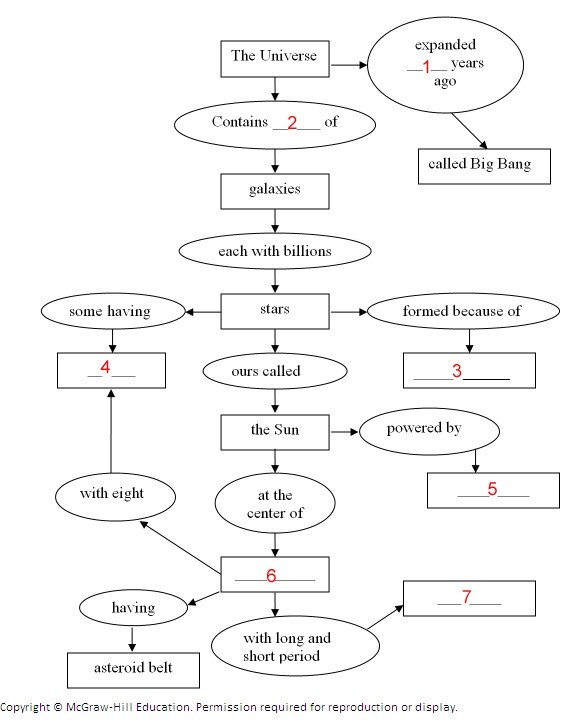Describe Stanley Miller's landmark experiment. How did the results of this experiment change hypothesis regarding the evolution of life on Earth?
What will be an ideal response?
In 1952, Stanley Miller conducted a laboratory experiment where he exposed a mixture of carbon dioxide, methane, ammonia, hydrogen, and water (the components of the early atmosphere and ocean) to ultraviolet light (from the Sun) and an electrical spark (to imitate lightning) By the end of the first day, the mixture turned pink, and after a week it was a deep, muddy brown, indicating the formation of a large assortment of organic molecules, including amino acids—which are the basic components of life—and other biologically significant compounds. This demonstrated that organic molecules could have been produced in Earth's early oceans to become life's precursor molecules about 4 billion years ago.
You might also like to view...
Locavores are people who
A) always eat the same food in the same location. B) eat locally grown food to reduce waste and refrigeration and transportation costs. C) identify themselves as carnivores and eat only meat. D) seek non-traditional forms of protein such as insects, marine invertebrates, and fungi.
Many oil reserves are located far away from the urban areas requiring these reserves. A major oil spill associated with the transporting of oil was ________
A) Alaska Monitor B) America Trader C) Exxon Valdez D) Prestige E) Deepwater Horizon
Analyze the map and select the proper response for each missing term or phrase.  Analyze the map and select the proper response for missing term or phrase for number 6.
Analyze the map and select the proper response for missing term or phrase for number 6.
A. Galaxy B. Solar system C. Universe
Bangladesh and the Maldives are situated on some of the higher islands in the Asian region and are therefore not concerned about sea level rise
Indicate whether the statement is true or false